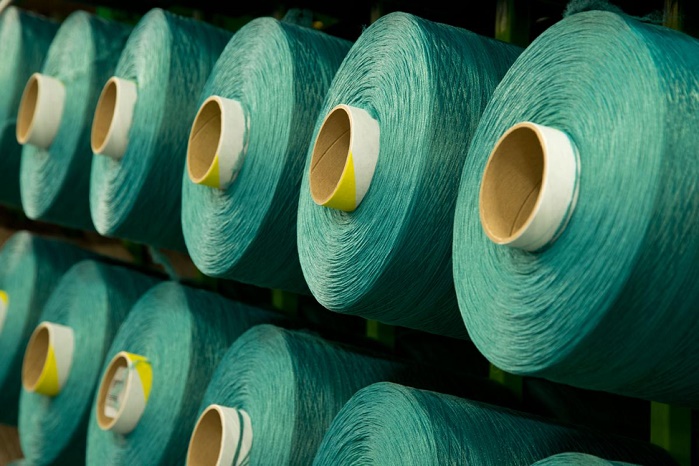Vietnam's local garment industry relies upon imported raw material from countries such as China which accounts for 50 per cent of the imports. Also most of the machines, chemicals and textile dyes that Vietnam's garment industry are imported from other countries. To strengthen the existing weak supply chain in Vietnam's garment sector, the industry has initiated steps to join the processing stages of cutting and sewing in the global supply chain, said Vu Duc Giang, Chairman of the Vietnam Textile and Apparel Association (Vitas).
Giang said that to increase added value of the garment industry, its enterprises must focus on developing production of material and changing production methods. These solutions would improve the quality of exported textile and garment products and encourage co-operation among garment enterprises to create a domestic supply chain.
According to the Vietnam National Textile and Garment Group (Vinatex), the local textile and garment firms should change its strategies in production and management and develop skilled workers to create favourable conditions for firms shifting the production modality from Cut-Make-and-Trim (CMT) to free-on-board (FOB) practice and Original Design Manufacturer (ODM). Vinatex has already planned investments in a series of plants in central Ha Tinh province to form a competent production chain serving domestic and foreign markets. At a total capital of nearly VND1 trillion ($45.14 million), four factories, wastewater treatment, and water supply centres will be built in the local Nam Hong industrial park, covering 19 hectares.
The construction of two sewing plants, Hong Linh 1 and 2, costing VND190 billion ($8.6 million), will start in February 2016 and early 2017. In late 2017, the Hong Linh plant for scarf weaving, with designed capacity of 1,500 tonnes per year, will be built under a VND314-billion ($14.17 million) investment. The last of the four is a factory for dyeing and knitting worth VND410 billion ($18.5 million), which is capable of turning out 1,400 tonnes of products annually. Vinatex has launched a drive to increase productivity which is vital when the country accelerates international integration.
www.vietnamtextile.org.vn











